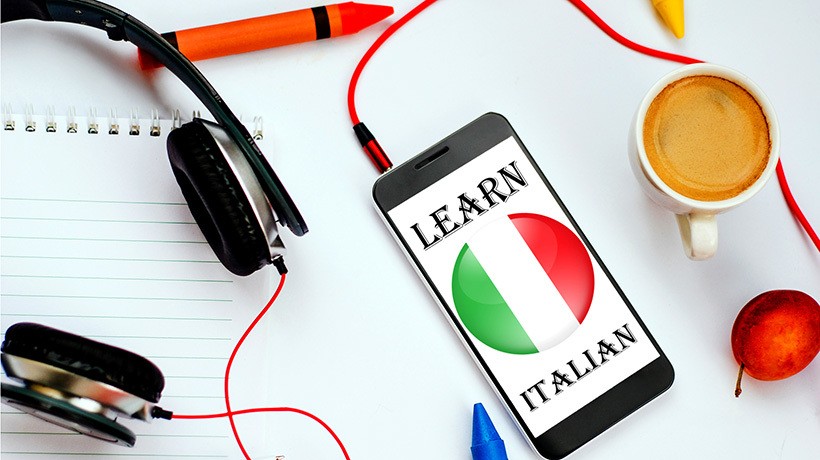Research Study Participation Request
- You are cordially invited to volunteer to participate in my dissertation research.
- The purpose of this research is to develop, refine, and evaluate a taxonomy of digital games for second language acquisition (TLAG).
Taxonomy Explanation
- The TLAG is based on:
- Marzano and Kendall’s New Taxonomy of Educational Objectives (2007),
- 4 Levels of Multimedia Levels of Instruction (Gillham, 2008 and Guiterrez, 2012)
- Modified Interagency Roundtable Scale (ILR, 2012).
- The TLAG consists of four major components:
- The Three Systems of Thinking (Self-System, Metacognitive, and Cognitive System),
- Knowledge Domain,
- Proficiency Level, and
- Game Genre.
- Each of these contains sub-components, which serve to categorize SLA games.
Brief Study Description of research
- This study has three phases:
- The TLAG Initial Development
- The TLAG Evaluation and Refinement
- The TLAG Validation and Application
- You are invited to participate in Phase II of the research. All responses will be kept anonymous and confidential.
- In Phase II, a modified Delphi method will be used to review, evaluate and refine the TLAG in two rounds of questionnaires using Likert-type and open-ended survey items
- In Phase III The revised TLAG will then be validated by utilizing it in assessing and categorizing actual SLA games delivered on the iPod/iPad.
Significance of the Study
- Potential contribution to teaching and learning with games.
- Potential contribution to second language acquisition (SLA).
- Potential contributions to educational game design.
- Potential contribution to assessment in game based learning.
What Will Be Involved If You Participate?
- Your participation in this study is completely voluntary. If you participate in this research, you will be asked to complete the following:
- Taxonomy Evaluation Criteria Instrument (TECI)
- The TLAG Refinement and Evaluation Survey (TRES)
- TLAG Matrix
How Long Will This Study Take?
The research will be conducted between August 5, 2013 and September 24, 2013. You will be asked to participate during this timeframe. Please see the timetable below.
|
Activity |
Date Received |
Date Due |
Estimated time to Complete |
|
Phase II, 1st round - |
Aug 5, 2013 |
Aug 13, 2012 |
1 - hour |
|
Phase II, 2nd round - |
Aug 26, 2013 |
Sep 10, 2013 |
1 -1.5 hour |
What Are the Benefits in This Study?
- There will be no direct or immediate personal benefits from your participation in this research, except for the contribution to the study.
- For the professional audience, the potential benefit of this research will provide additional knowledge to the literature on game based learning and second language acquisition.
To participate please download the file "ConsentForm_PhaseII" and follow the instructions!
References:
Gutierrez, K. (2012, July 16). [Web log message]. Retrieved from http://info.shiftelearning.com/blog/bid/190140/Levels-of-Interactivity-in-eLearning-Which-one-do-you-need
Interagency language roundtable (ILR). (2012). Retrieved from http://www.govtilr.org/
Marzano, R. J., & Kendall, J. S. (2007). The new taxonomy of educational objectives. (2nd ed.). Thousand Oaks, CA: Corwin Press, A Sage Publication Company.







